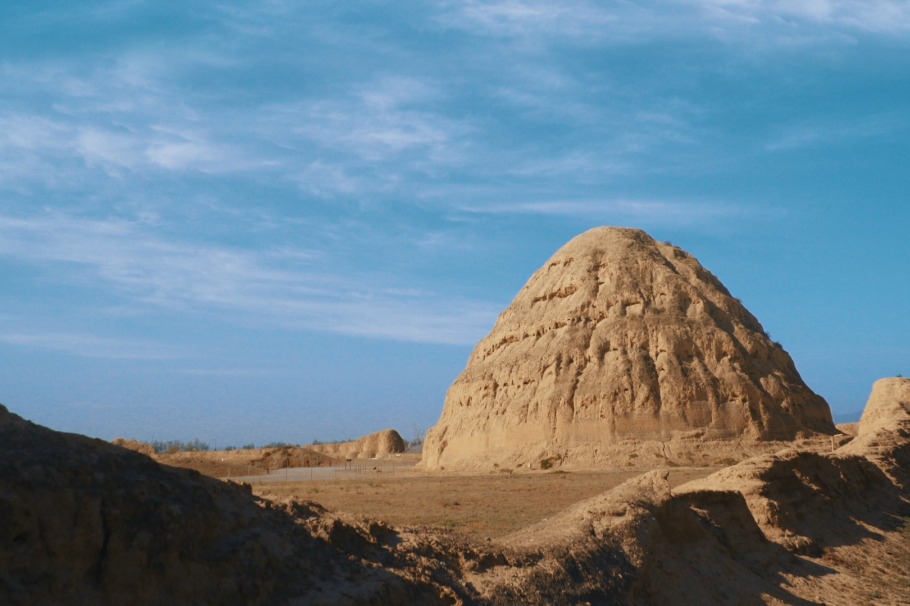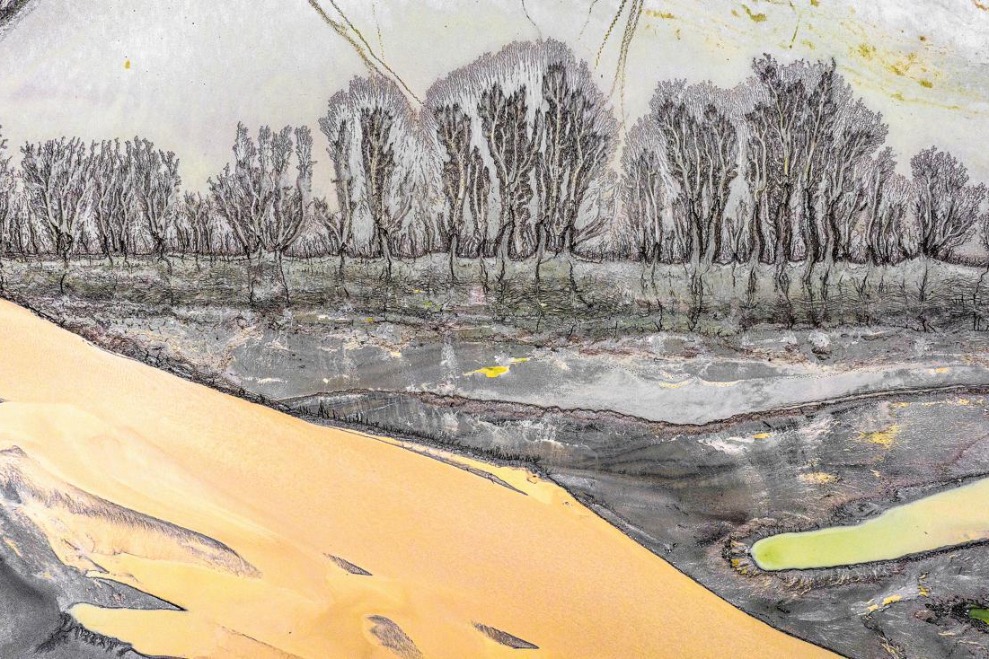Where the Grand Gorge and Great Wall meet


Village of Laoniuwan in Shanxi plays host to two of the most significant symbols of the Chinese nation
As the Yellow River flows about 3,500 kilometers from its source in Qinghai province through Togtoh county in the Inner Mongolia autonomous region, it enters Shanxi province in the village of Laoniuwan in Pianguan county.
From Laoniuwan, which means "Old Ox Bay", the Yellow River has left its most gorgeous feature, the Shanxi-Shaanxi Grand Gorge, which serves as the border of the two provinces.
The gorge was formed by the Yellow River cutting through the Loess Plateau over millions of years.
The Yellow River is one of the top three sightseeing routes in Shanxi province, along with the Great Wall and Taihang Mountains.
Laoniuwan is a landmark in Shanxi, not only because it is the beginning of the grand gorge but because it is the intersection of the Yellow River and the Great Wall.
According to He Jiao, an official at the administrative center of Laoniuwan Scenic Area, the river and the wall offer unique historic significance to the scenic spot.
"The Yellow River is the mother river of China as it has nurtured the culture and economy of the nation for thousands of years. And the Great Wall was the greatest defense project in ancient China," He said.
The official noted that the two were also closely related to the fate of the Chinese nation in history.
"For millennia, residents along the river have used its water to irrigate their farmlands. However, the river sometimes destroyed their land and properties and even took their lives when severe floods happened.
"Therefore, the river was sometimes praised as the hope and glory of the nation and sometimes cursed when it brought disaster and despair," He said.























